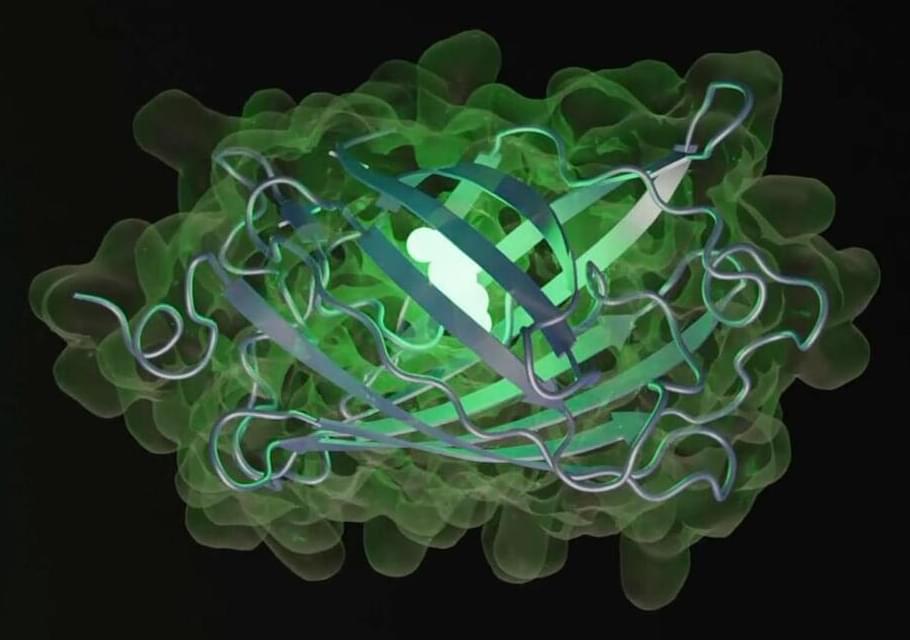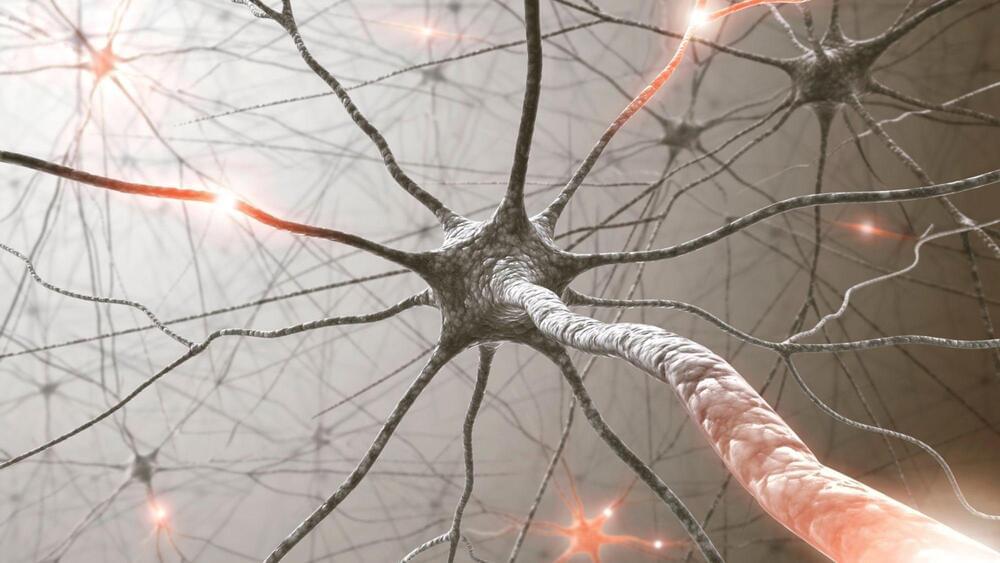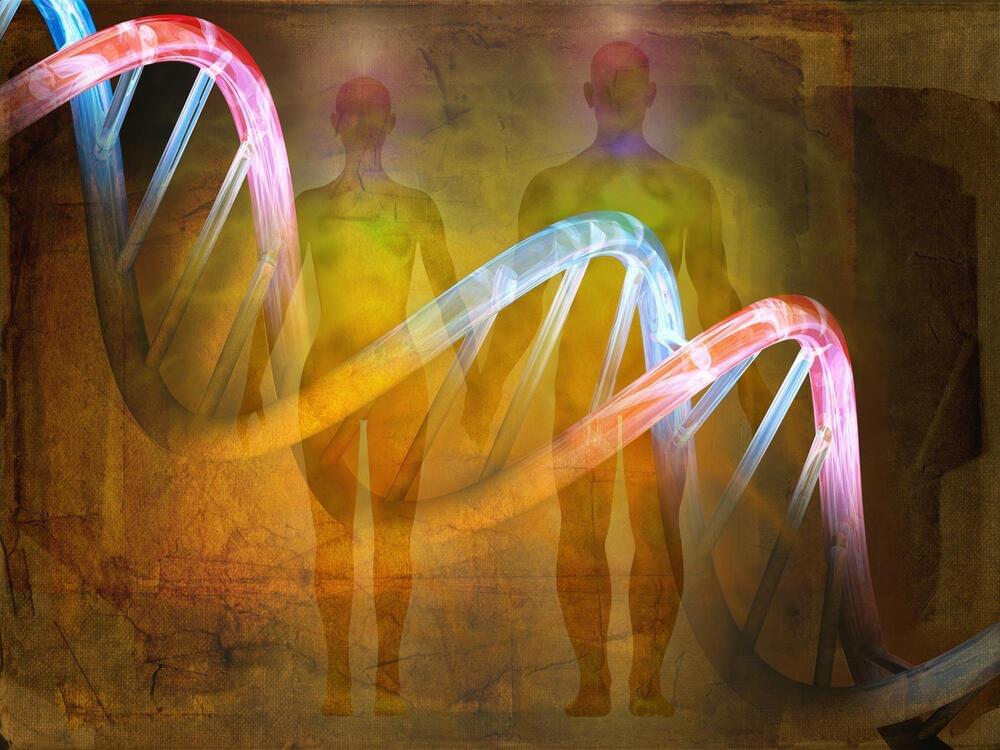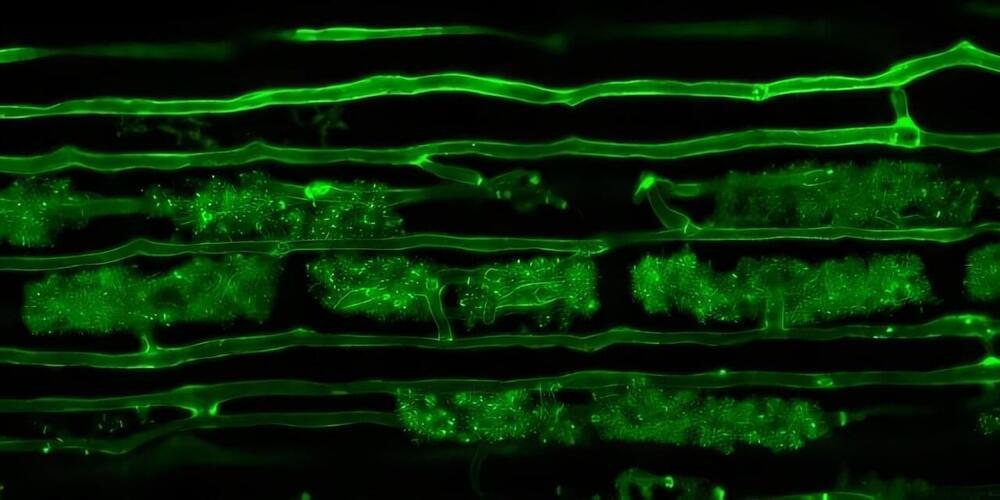Swiss researchers claim to have devised a functional living battery powered by the combined efforts of two types of fungi – all in a biodegradable, non-toxic 3D-printed package. I’ll give you a second to wrap your head around that outrageous statement before diving into the details.
That’s from a team at Swiss Federal Laboratories for Materials Science and Technology (EMPA), a Dübendorf-based research institute whose innovations have found their way into Omega watches, quick-drying sports bras, and top British soccer team Arsenal’s artificial turf.
While we’ve seen work on bacteria-powered batteries before, the researchers note this is the first time two types of fungi have been brought together to create a working fuel cell. And to be clear, this is indeed more of a fuel cell than a battery, as it’s utilizing the fungal metabolism to convert nutrients from microbes into energy.






